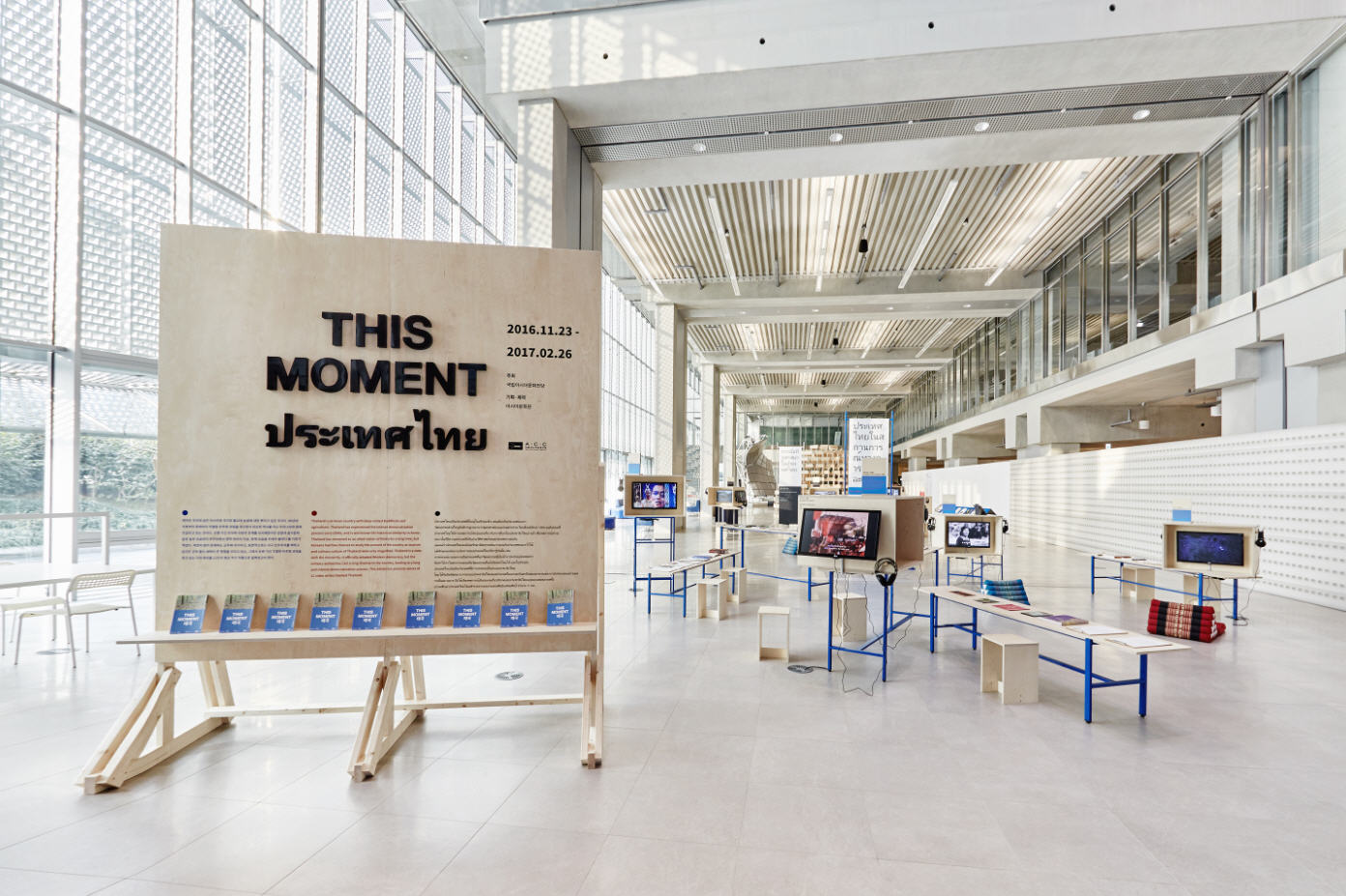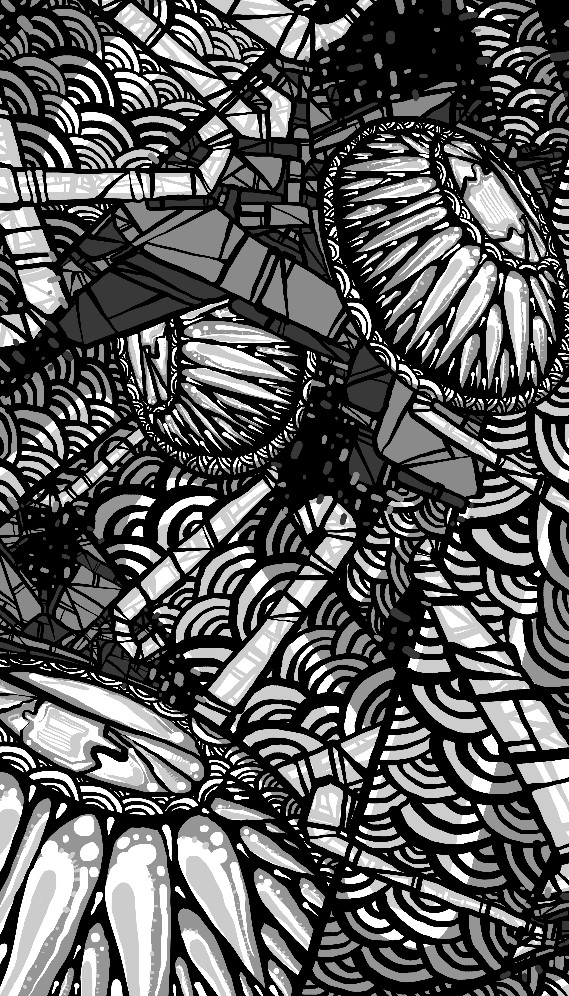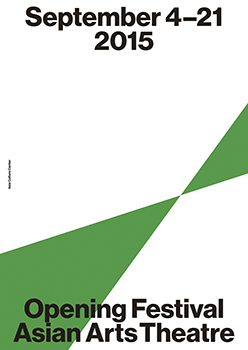November 23, 2016–February 26, 2017
Gwangju
South Korea
Artists: Chulayarnnon siriphol, Jakrawal nilthamrong, Puangsoi aksornsawang, Sivaroj kongsakul, Taiki Sakpisit, Tulapop saenjaroen, Anocha Suwichakornpong, Wattanapume laisuwanchai, Wichanon Somumjarn, Wuttin chansataboot, Nawapol Thamrongrattanarit
Koreans often use the term referring to "different" mixed with the term referring to "wrong" despite the difference in meanings. "Different" indicates that we acknowledge the existence while "wrong" indicates that we deny the existence. Most of conflicts occurring across the globe begin from when we fail to understand and accept the difference. Tolerance for differences is highly required in Korea, which has already become a multicultural society. About 4% of the Korean population has foreign backgrounds, so there is a growing need to be more interested in and understand cultures, situations and ideological backgrounds of foreign countries better.
Thailand is an Asian country with deep-rooted Buddhism and agriculture. Thailand has experienced the intense democratization process since the 1990s, and is well known for historical similarity to Korea. Thailand has remained as an allied nation of Korea for a long time, but Koreans had few chances to study the present of the country as tourism and culinary culture of Thailand were only magnified. Thailand is a state with the monarchy. It officially adopted Western democracy, but the military authorities cast a long shadow to the country, leading to a long and intense democratization process. This exhibition presents works of 11 video artists themed Thailand.
These 11 artists were born in 1970s and 1980s, and have witnessed the most intense democratization process since the 1990s. These artists representing the young generation are interested in foreign cultures such as K-pop and live in the era of transition from analog to digital and co-existence of traditional and modern values.
Videos, which are primary media of these artists, are felt as if they are actual images, which lend realism to the works. Accordingly, the present of Thailand presented in these works is very straightforward and vivid.
This exhibition portrays Thailand with three keywords, "politics & society," "religion" and "relations."
It would be difficult to understand Thailand and its culture with the history of thousands of years with a single exhibition. This exhibition aims to better understand "the difference" by providing more diverse perspectives on the present of a different culture. This exhibition can be a cultural approach to respect diversity and differences and demonstrate the value of co-existence.





